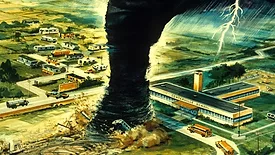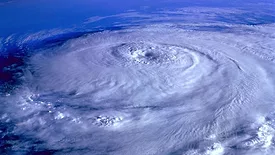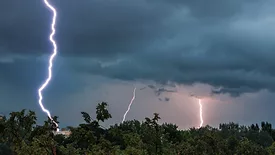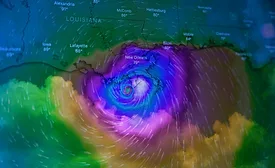Home » Keywords: » hurricane
Items Tagged with 'hurricane'
ARTICLES
Integrated Solutions
Public safety professionals can prepare for hurricane season and protect their communities.
Read More
Sign-up to receive top management & result-driven techniques in the industry.
Join over 20,000+ industry leaders who receive our premium content.
SIGN UP TODAY!Copyright ©2025. All Rights Reserved BNP Media.
Design, CMS, Hosting & Web Development :: ePublishing










